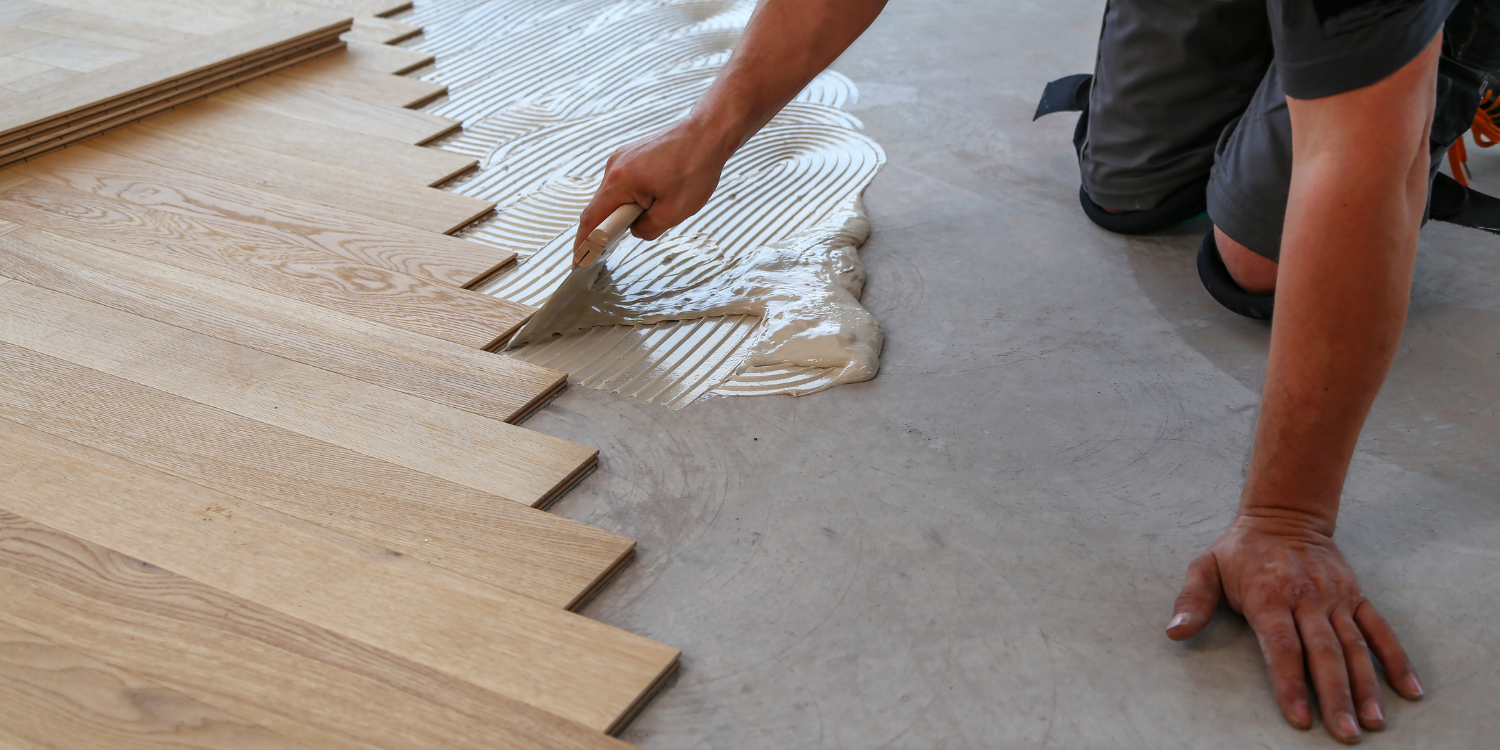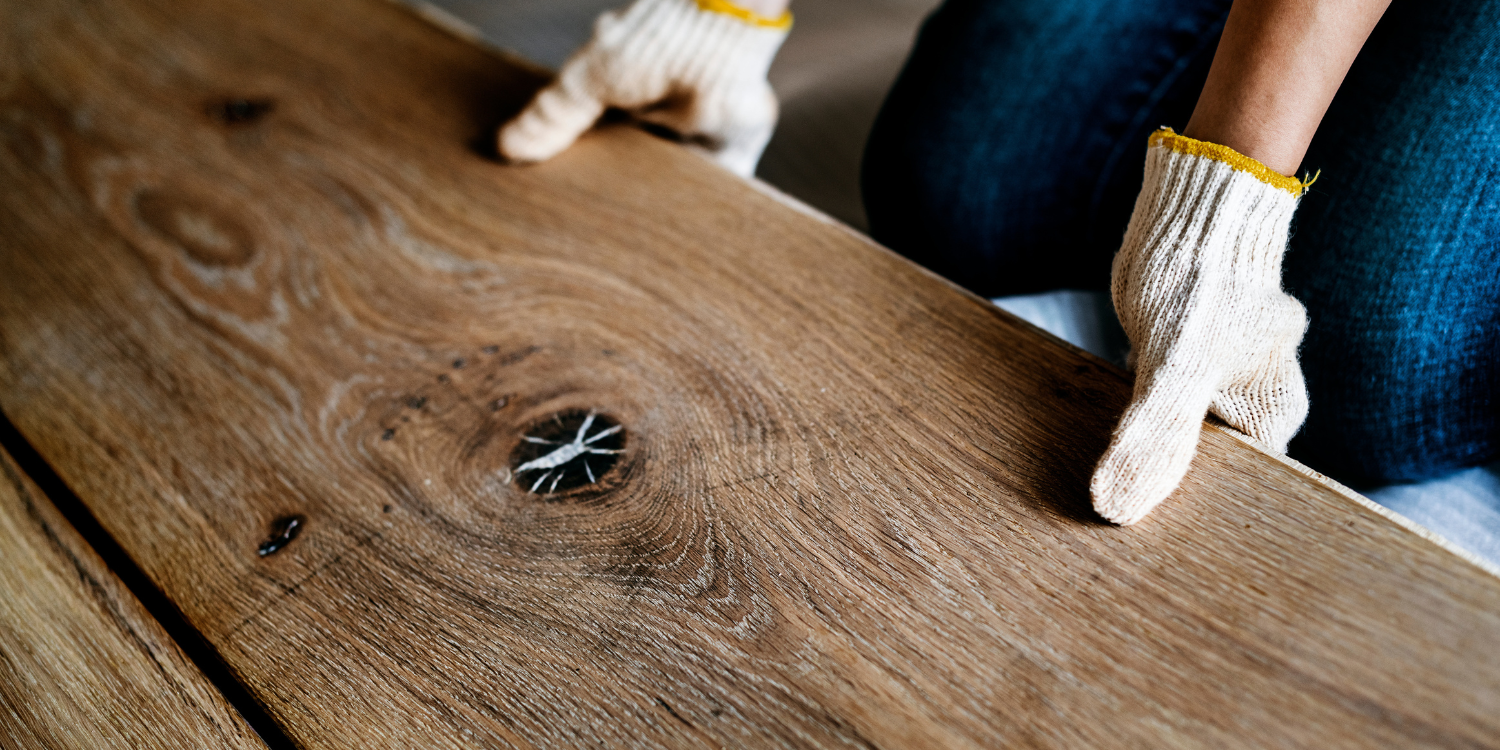He who rejects change is the architect of decay. A decaying house that is. In this article, we dive into common renovation questions—or at least things that may prompt a renovation.
Question 1
Hi Bryan. We have an odour coming from our cold-air return vent on the second floor. It smells the same as when you open the attic hatch. It used to be that we only smelled this on hot, humid days, but the smell persisted all this past summer. We bought a basement dehumidifier, thinking that might help — it didn’t. About three years ago, we had extra insulation blown into the attic. Is it possible the vents were blocked, so now there is little circulation? Any suggestions would be much appreciated.
Dorothy M., Oshawa
Bryan Says:
Well, that certainly is odd, Dorothy! If it is a cold-air return, it will be a duct — or a cavity within the wall that creates a duct — that returns air down through the basement to the furnace. It should not be opened into the attic. So that’s very strange. But there’s a possibility that, during construction, some of the insulation got into there, and that’s how you’re getting that atticy smell.
There’s also a possibility that there’s no proper vapour barrier in the ceiling. I’m not sure how old the house is, but if it’s an older home with plaster and lathe, chances are there’s no vapour barrier on the attic.
The best thing you could do is take off the cover, get a flashlight and take a look in there. See if it is, indeed, open to the attic. If it is, it definitely has to be closed off because it not would not only be allowing the furnace to suck cold air out of the attic, but would also be allowing warm air to escape into the attic during winter.

Question 2
Bryan: We need help with replacement flooring for our Haliburton Co. cottage. The two-storey, four-season cottage (over a full basement with FA gas furnace, HRV, etc.) was built in 2007, and features wood floors in living, dining, and play areas. Cottage use is extremely heavy year-round, with multiple extended families, dogs and assorted pets. Snow, limestone road dust, and wet bathing suits all take a toll. The wood floors are clear soft pine (four-by-half-inch planks). We have tried refinishing with industrial factory floor products, and gymnasium products — none of them last. We are looking for something that looks nice in a woodsy, country-style (plank look preferred), and easy to keep clean. Also, what are the pros and cons of click-lock products vs. grip-strip products? Regards.
Doug B., Toronto
Bryan Says:
First of all, congratulations on having a cottage that gets a ton of use! I applaud you.
Number 1: pine is a soft wood. And no matter how you coat it, the wood itself is going to give and dent easily if there’s a lot of traffic on it, which will destroy that clear coat. If you don’t want that heavy-use, aged, distressed look, pine is not the right flooring for your cottage!
If you want to put something over top, there are other things to look at. With snow, dust and wet bathing suits, you need a really resilient floor. The most expensive option would be to pull that pine out of there and install porcelain or ceramic tiles that mimic hardwood. You’ll have a tough time telling they’re not hardwood until you actually feel them. That would also allow you to install in-floor heating, so when you do track that snow in you’ll have a warm, porcelain floor that’d be easier to clean and would dry faster.
If you’re looking at click-lock or grip-strip, that tells me you’re not looking at hardwood, you’re looking at laminate. You could put a floating floor over top, in which case you could leave the pine, using an engineered hardwood which is basically an engineered base with a small veneer of hardwood on top. They’re a lot more resilient and less prone to damage. You’d put down a foam underlayment and lay that floor on top. It can be glued together, but some of them do have a click-lock option. Typically, the click-lock stuff isn’t an engineered hardwood but more of a laminate (i.e. a picture of wood), while the grip-strip stuff comes in wood and vinyl.
Essentially, you’ll need to decide how much you want to spend and the look of the flooring you want to install. I’d recommend a solid surface like a porcelain tile, but again, it’s expensive. After that, I’d look at a laminate, because a lot of laminate floors are now more resilient. But if you’re getting that much traffic on there, it’s going to wear down over time.
Question 3
Hi Bryan. Twelve years ago, we had organic-based roofing shingles installed. We were made aware of a class action lawsuit regarding the shingles and the 100 percent failure rate associated with them. We have filed a claim and will wait and see if we will receive any settlement. I am now driving around neighbourhoods looking at different roofing products. I have seen new shingles on houses without metal valleys — is that normal? Also, should the roof underlay be made of a breathable product? Any suggestions will be greatly appreciated because I have no choice: I need a new roof.
Julie D., Whitby, Ont.
Bryan Says:
Wow, it’s sad that you went for an organic-based shingle and got a 100 percent failure rate. I hope your claim goes through and you get a settlement because that’s a big investment.
Driving around the neighbourhood and looking at different roofing products is a great idea. I’d suggest going to a couple of home shows, too. There are a couple different ways to do the valleys: You can do an open valley, where you see the metal. Or you could do a closed-weaved valley, where they actually stitch the shingles together so you don’t see the metal valley underneath.
Typically, there isn’t a roof underlay. Usually, what’s required is a metre or three feet of an ice and water shield around the bottom of the roof, which is outside of the heated zone of the house. You do this because you’ll tend to get some ice and water backing up around the shingles.
When you talk about roofs and products, typically, the best is the most expensive. If you want to do a metal or clay roof, those are the most expensive, but they’ll last forever. Stepping down from there, you get into laminated singles. And then you get down into the petroleum-based stuff, the typical tar and gravel shingles we often see. Those are cheaper but don’t last as long.
Question 4
Hi Bryan. We have an issue with pipes hammering at our house every time we do laundry. My husband has tried shutting off the main water supply and draining the pipe, as well as installing hammer arrestors on the washing machine’s hot and cold water pipes — to no avail. Short of opening walls, is there anything else we can do? Thanks.
Elle E.
Bryan Says:
The simple answer is, “No.” If you’re getting a water hammer, you can certainly look at installing some more hammer arrestors throughout the house. They’re basically small tubes full of air, or shock absorbers for your plumbing system. When you have high pressure in your water pipes and the water comes on or shuts off quickly, the movement of the water through those pipes can create a thumping sound. The air in those arrestors will compress a little and absorb some of that shock, reducing that water hammer.
If you’ve installed those arrestors and you’re still getting that hammer, you should try to identify where it’s happening. Typically, that’s when a pipe moves around and slams against a joist or a stud in the wall. You see it a lot in older homes where they’ve run new plumbing up to the higher floors and there’s a long run of copper piping that hasn’t been fastened to the framing. So the pipes will actually slam around in there when the water pressure changes. When you locate that area, you have to open it up and secure the pipes so they don’t slam around.
Question 5
Hi Bryan: I am an active, energetic 88-year-old widow and know that widows are prime targets for scams. I am looking for an honest answer about what is causing the paint to peel in chunks and flakes from my dining room panelling, as well as an exterior wall, on my 2-1/2 storey house. The four-foot-high panelling was originally walnut-coloured (and I suppose, varnished) gumwood, and was repainted white several years ago. The flakes of paint are also falling from the crown moulding, four feet above the panelling. What should I do? Who can I trust?
Irene F., Toronto.
Bryan’s Says:
Well, Irene, hopefully you don’t have a big sign in your yard saying “I’m an 88-year-old widow.”
It sounds like there are a couple things that could be happening here. If you had varnished panelling on the walls and now there’s paint on top, I’m guessing it was originally painted in oil paint and it may have been painted over in latex. Maybe it wasn’t properly primed for latex paint or perhaps the wall was repainted at some point with latex, rather than oil, and that’s what’s causing it to peel and flake. Typically, when you paint a latex paint over an oil, that’s exactly what happens.
So I’d say go down to Lowe’s into the paint department and buy a kit that will identify whether you have oil paint on the walls. Take that home and perform the test on an area where the paint has peeled off in order to find out if you’ve got oil paint in behind it. If that’s indeed the case, you would scrape all the loose paint off, prime over it with a primer that will stick to oil but allow you to paint latex over top of it, and repaint that wall.
You could do this yourself or talk to some of your friends and neighbours for a referral for a handyman or painter you trust. Or you could go to our BaeumlerApproved site and track down a painter in your neighbourhood who can check out your paint.

